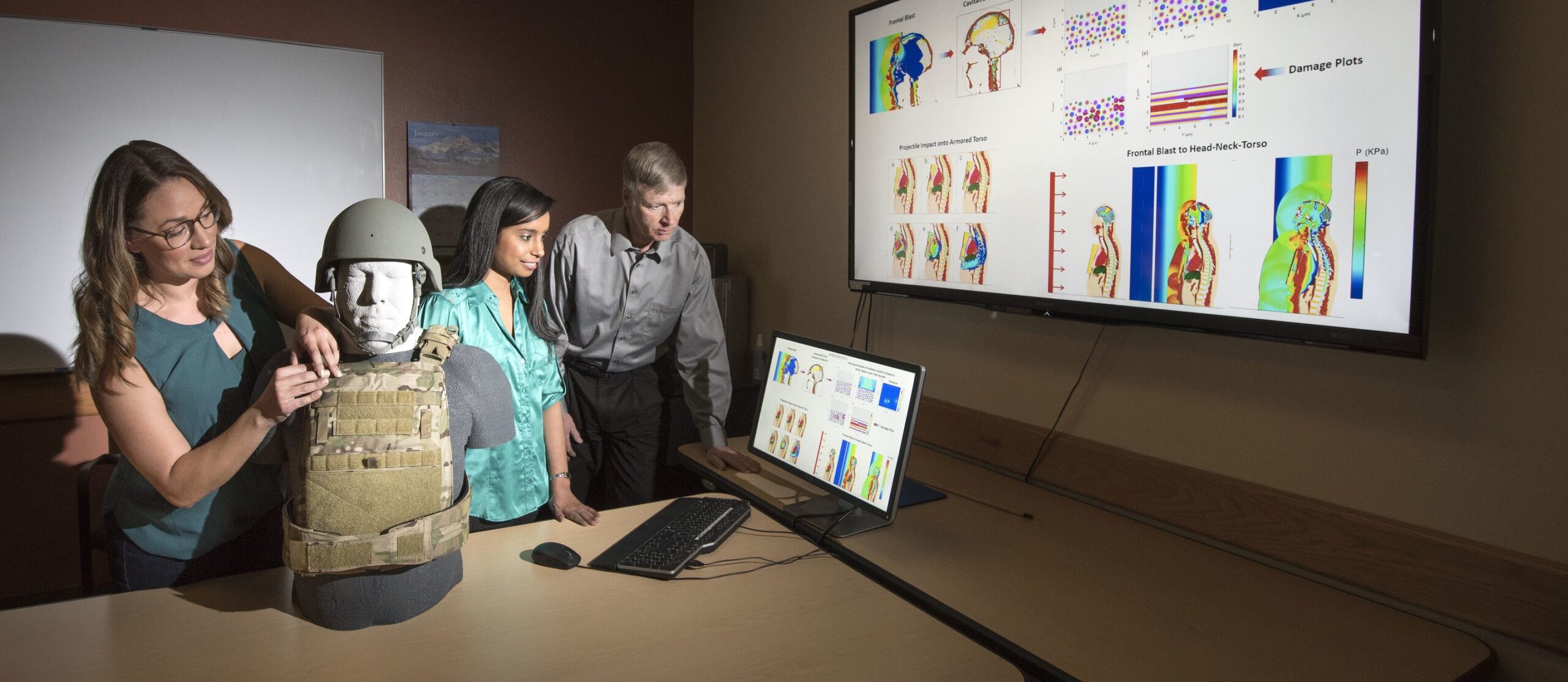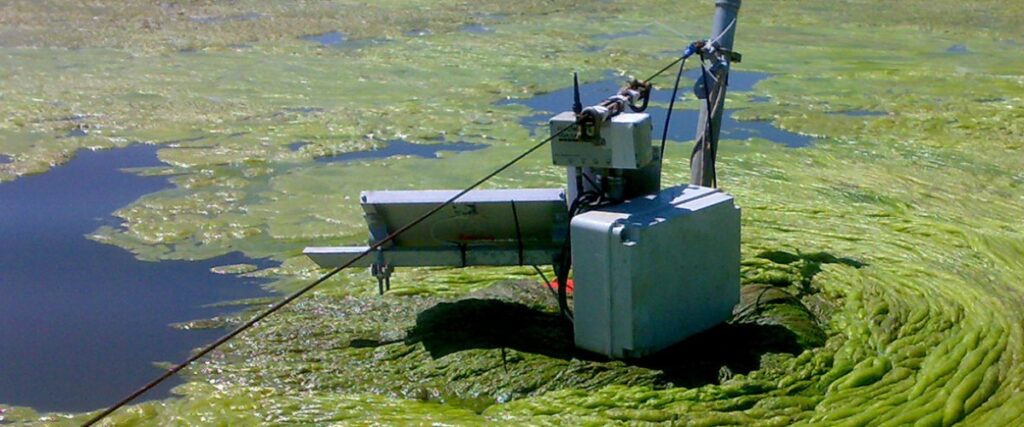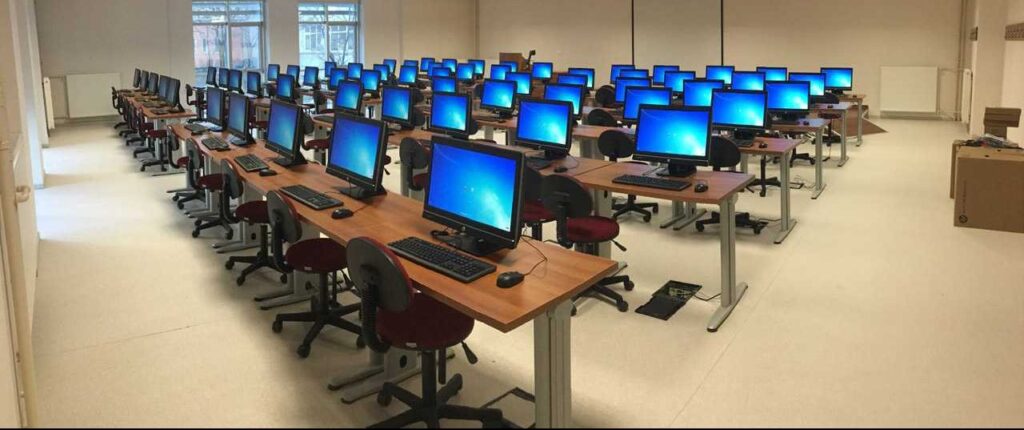01. Simulations
This has been probably the most explored field. We talk about simulations when we run in the computer a model of Nature. Sometimes the word modelization is used when the emphasis is on building, for example, programming the model, while the simulation is left for the situation when the model is considered a ‘black box’. this distinction is somewhat artificial and not always clear. Since the laws of physics are expressed by differential equations, it is normally easy to implement a simulation for a given physical problem: this may be for instance the free fall of a stone, the orbital motion of a planet under the influence of one or more stars, and even the collision of two galaxies. However, simulations may also be made when we do not have a differential equation but an iterative relation: that is the case of the logistic map, a difference equation used in introductory studies of chaos.

02. Multimedia
This modality is based on the concept of hypertext or, more in general, hypermedia. The word multimedia means that modules include a variety of elements, such as texts, images animations, simulations and video clips. The motto is “an image is one thousand words worth” so that the information should be as visual as possible. A hypertext module has several internal links and a reader does not need to follow a linear or sequential path through the module but, based on his experience and interests, may easily select those parts of the module that are of interest to him at the moment. Other links will enable users to move efficiently between different modules. Essential features of multimedia are interactivity and flexibility.

However, the sequential way, which still presides to the organization of most courses, seems to be more adequate for systematizing contents. Multimedia may be online or offline depending on the way that information is offered. A connection between these two supports is nowadays easily made. Multimedia off-line did not undergo the big explosion it has been announced, perhaps due to the enormous progress of the online format, which is mostly free.
03. Telemetric
The Internet, the network of all networks, has known a big success in the society in general and in schools in particular. Its use for science teaching and learning shows still a big potential in spite of the amount of interesting work already done. Computer use in a network includes playing with simulations (these may be downloaded from the net or simply explored online if they have been written in the JAVA language), multimedia (HTML, the standard of the World Wide Web is a multimedia language) and Virtual Reality (VRML is the standard for representing 3D objects or scenes on the Internet). Let us look at the way in which Internet is changing our teaching and learning styles.

At the same time, the Internet represents a big step towards a bigger democratization of education, with equal opportunities being given to every student, independently of its geographical situation. Many courses exist on the web and may be accessed by everybody from everywhere. A good example of Internet use for teaching Physics is the Java-based General Physics course at the Davidsson College, North Caroline, USA.
Sometimes, it is not only the aspect of the course but also the contents, which are new. Let us consider an example of revolution in learning contents which is being presented on the Web. One of the features of present education is the compartmentalization and specialization of instruction by departments and even by subgroups within departments. While this is understandable and even necessary to some extent, it has the effect of obscuring the connections between different fields. Some universities have begun to explore other ways of organizing the education of scientists and engineers,
04. Computer-based Laboratories
Physics is an experimental science and the computer found already a place in the Physics Laboratory. The richness of computer-based Labs and associated modeling tools could have a major impact on physics teaching and learning. We can use these tools to make Physics far less formidable for students with low mathematical abilities. We can use them to place more emphasis on intuition and at the same time to give students the ability to solve complex problems.

Learner-controlled explorations in the Physics laboratory with real-time measurements give students immediate feedback by presenting data graphically in a manner they can understand. Using sensors and software, students can simultaneously measure and graph physical quantities such as position, velocity, acceleration, force, temperature etc. Those tools provide a mechanism for including in physics teaching methods, which are found effective by educational research to deal with conceptual difficulties. The ease of data collection and presentation encourage students to become active participants in a process, which leads them to ask and answer their own questions. The real-time graphical display of actual physical measurements directly couples symbolic representation with the corresponding physical phenomena. Moreover, the comparison of real data with simulations is a very rich pedagogical tool.
